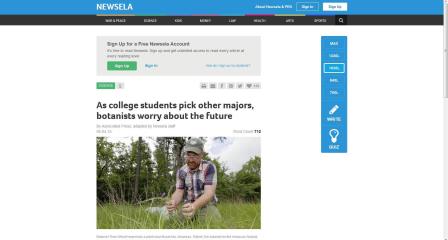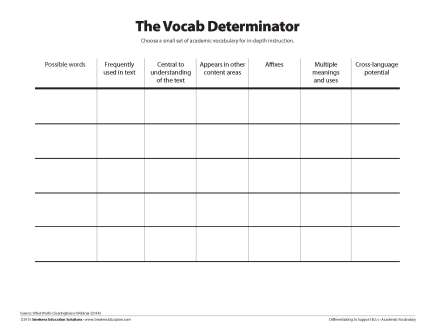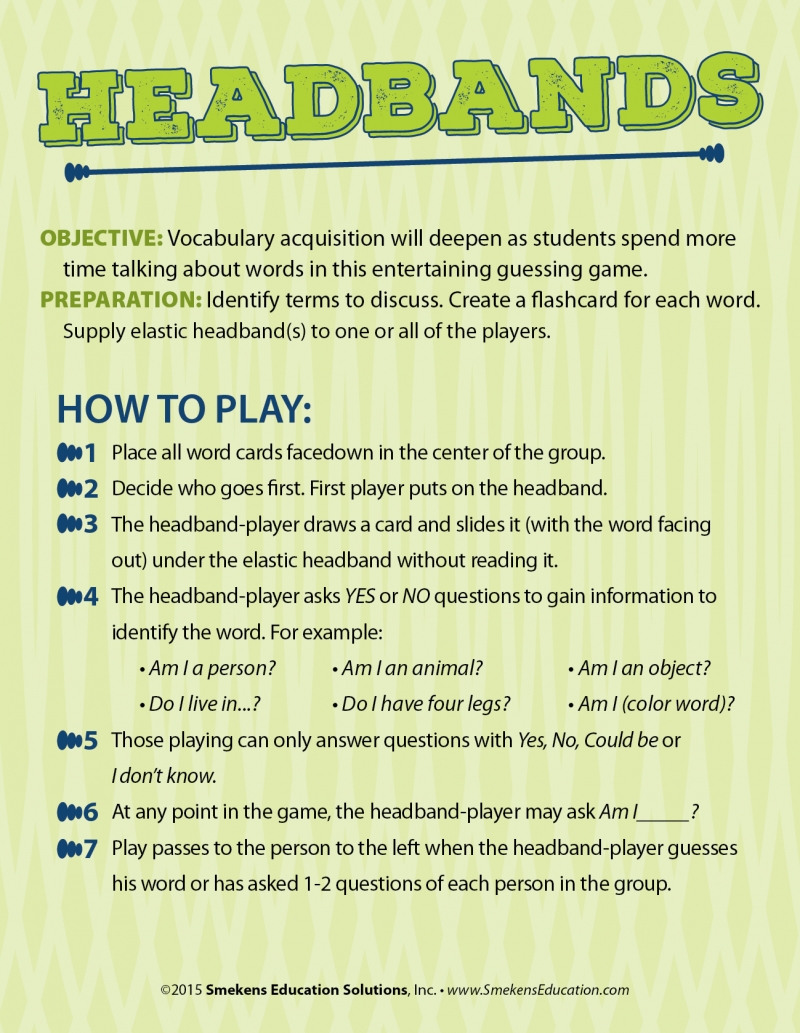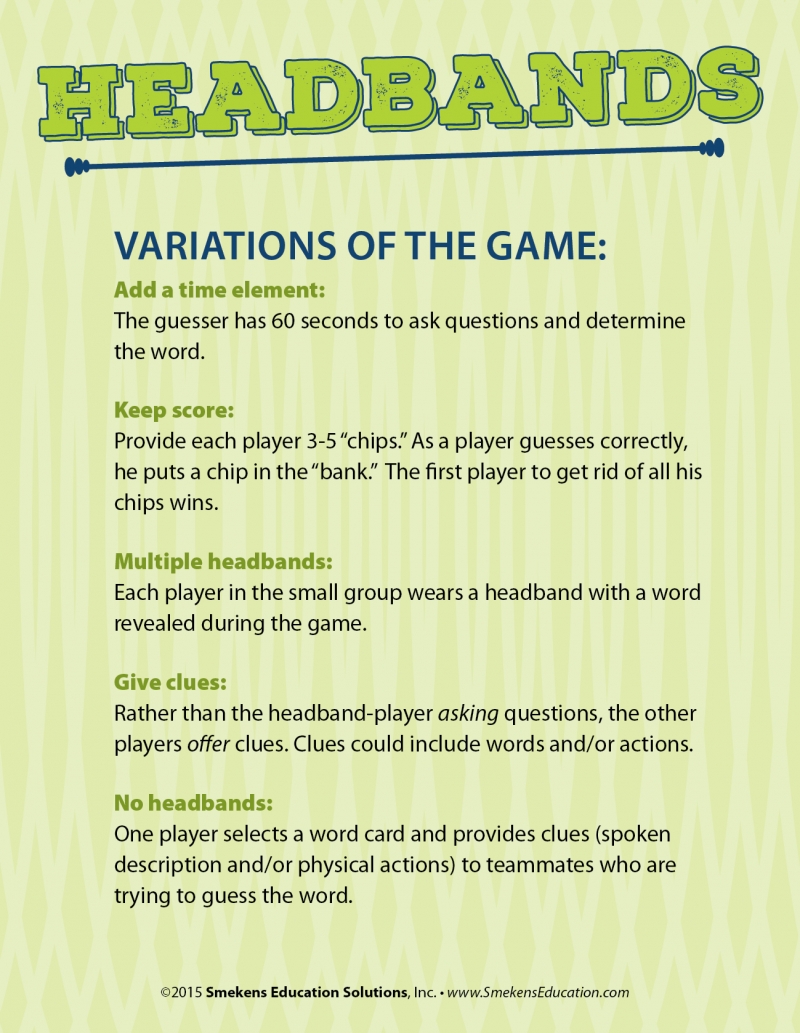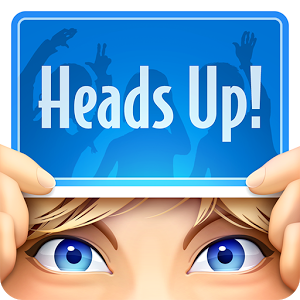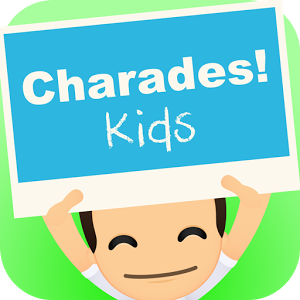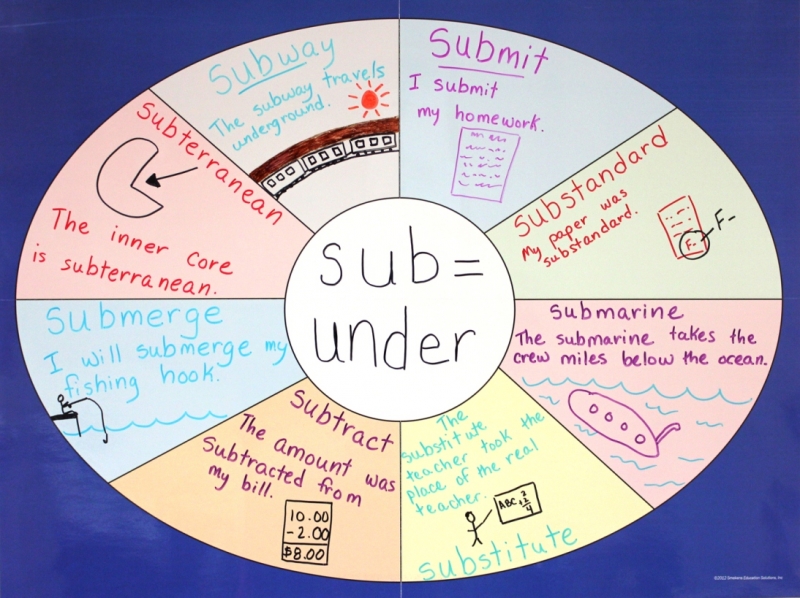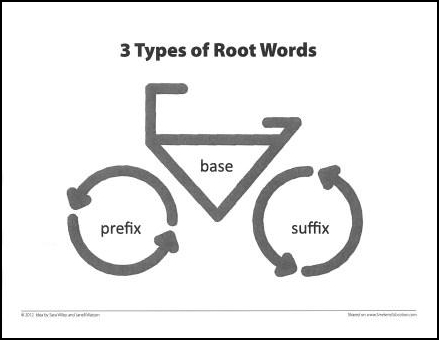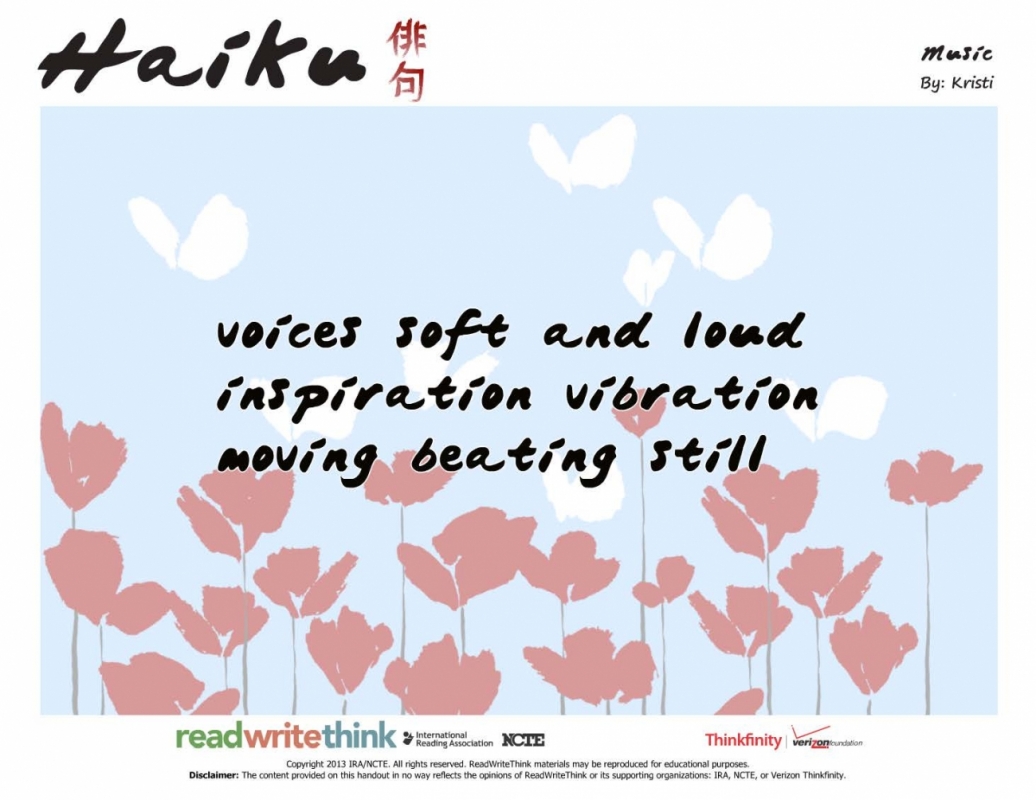Literacy Retreat 2015
SECRET SITE
Differentiating to Support English Language Learners

Access the 15 Words Interpreted Differently presentations:
- French Lick (PPT / Word document script)
- Chicago (PPT / Word document script)
- Middlebury (PPT / Word document script)
WIDA provides standards, assessments, research, and professional development for educators of English Language Learners. View the Can Do Descriptors for grade levels/content download for free or purchase booklets. Access an overview about WIDA and Grade-Level Can-Do Descriptors from the Indiana Department of Education.
The What Works Clearinghouse gives 4 recommendations when working with ELLs.
- Teach a set of academic vocabulary intensively across several days using a variety of instructional strategies.
- Integrate oral and written English language instruction into content-area teaching.
- Provide regular, structured opportunities to develop written language skills.
- Provide small-group intervention to students struggling in areas of literacy and English language development.
Access the report Teaching Academic Content and Literacy to English Learners in Elementary and Middle School as published on the What Works Clearinghouse by National Institute of Education Sciences.

Choose a vocabulary-building text.
Find a text that is:
- brief, interesting, and engaging for students,
- connects to a unit of study, and
- can be discussed from a variety of perspectives.
Kristi used NEWSELA to find an engaging, vocabulary-building article about the music industry. NEWSELA is a FREE website for current news event articles. Manipulate the Lexile range to make the text easier or harder. You can add students to your group and assign certain articles to the group.
Determine a small set of academic vocabulary
Choose just a “set” of academic vocabulary words to work on intensively. The What Works Clearinghouse recommends looking for words that fall into six categories. Utilize The Vocab Determinator when choosing academic vocabulary words from a text. Select words that:
- Appear frequently in the text.
- Are key to understanding the text.
- Appear in other content areas.
- Include affixes.
- Possess multiple meanings and uses.
- Have cross-language potential.

Play Headbands to have students ask questions or act out and guess the vocabulary words of your choice. Use the words you tried at the Retreat or access the card-generating website kitzkikz.com for FREE!
Classroom Apps:
- Heads Up! Guess the word on the screen from your friends’ clues before the time runs out!
- Charades Kids! Free app with categories like State Capitols and an option to customize your own deck.
Concept Sorts
Concept sorts are powerful ways to introduce vocabulary or to give students repeated practice with the vocabulary by putting words into categories based on meaning. Sort important details from content areas.
- Terms
- Pictures
- Text features
- Quotes from a text
In a closed sort, the teacher has determined the categories ahead of time. To increase difficulty, conduct an open sort where students look at the terms, determine the categories, and then sort the words. Access the Reading Rockets resource website for ideas about planning a sorting activity and to view a classroom video clip of Cathy Doyle’s second grade classroom in Evanston, Illinois.

Greek/Latin Roots
Teach students to look “inside” the word to solve new words for meaning by looking for known Greek/Latin roots. Kristi compliled a comprehensive list of Greek/Latin roots categorized into Beginning and Advanced lists of prefixes, suffixes, and bases. Choose which word parts to teach based on the content taught for your grade level/subject. A separate list of critical word parts to teach ELL students highlights the most critical Greek/Latin roots for them.
Cognates
Cognates are any words from two languages that are the same or similar. Colorín Colorado, a bilingual site for families and educators of English language learners suggests to incorporate intentional instruction in cognates since many languages share the origins in Greek and Latin.
- Ask students to listen for them in a read-aloud or video.
- Make a list of them.
- Circle the differences.
- Look for false cognates.
- Point out differences in stressed syllables or intonation.
Websites with Cognate Resources
Kathleen M. Perret, an instructional coach from Iowa, has compiled a wealth of resources about using cognates when teaching ELLs. Cognates.org incorporates many resources such as the Cognate Highlighter and a list of cognates for English, Spanish, Portuguese, Italian, and French.
Archived articles for other word-solving strategies
For additional resources, check out the archived articles in our Idea Library about context clues and word parts:
- Teach students the definition of Context Clues as they look in forward and reverse around the unknown word.
- Teach students to attend to text features as context clues in reading. But first, they have to recognize the value of text features as “multiple entry points” to access a text.
- Increase the number of known academic vocabulary words by utilizing the Word Spoke to generate multiple words from just one Greek/Latin root.
- Teach students the three types of roots (prefix, base, and suffix) with the bicycle graphic. Play the Rootle game for multiple exposures to the roots.
- Break multi-syllabic words apart for decoding and determining meaning.

Comprehensible input is language input that can be understood by listeners despite them not understanding all the words and structures in it.
I + 1 = comprehensible input
Instructional tools to acquire Comprehensible Input:
- Speak a little slower (NOT louder).
- Speak at regular speed, but in phrases.
- Combine auditory with the print.
- Use visuals = gestures, pictures, realia.
- Combine with graphic organizers.
- Explain with short videos.
- Utilize think, pair, share.
- Consider partnership with another ELL student.
Stephen Krashen explains comprehensible input in this classic 1980s video with his demonstrations of lessons in German. Notice how he uses some of instructional tools to achieve understanding of the message.
Kristi used sheet music, a song, and videos when she turned the audience into Music Language Learners during the Reading Simulation. Access the “I Lived” videos to run a simulation with teachers at your school.
Incorporate writing
Lists and Haiku poems allow students to use vocabulary and their knowledge of the content without getting bogged down with syntax or sentence structure.
- Make a list with “Yes, and…” by brainstorming with others to compile a list of everything associated with a term or phrase. Every time you add to the growing list you say, “Yes, and…”
- Haiku poems use exactly 17 syllables with words arranged in three lines of 5-7-5 syllables. Haiku is ideal for content area as it tends to give the main idea for a subject.
Learn about writing a haiku and see student examples at Kidzone.
Utilize an interactive digital template for students to brainstorm words on a topic and record the number of syllables for easy placement within the Haiku at Read Write Think.org. Students can customize font and background before they save or print their work. Access Kristi’s Music Haiku as an anchor paper.

Mentor text for writing Haiku and word association lists like “Yes, and…”
- Dogku, A. Clements
- The Right Word: Roget and His Thesaurus, J. Bryant
Build background knowledge about figures of speech by using mentor text with visuals and references of how the term was first used. Increase the volume of known words by teaching synonyms and antonyms.
- Birds of a Feather, V. Oelschlager
- Eye to Eye Body Part Idioms, V. Oelschlager
- If You Were an Antonym, N. Loewen
- If You Were a Synonym, M. Dahl
- In a Pickle and Other Funny Idioms, M. Terban
- Life is a Bowl of Cherries, V. Oelschlager
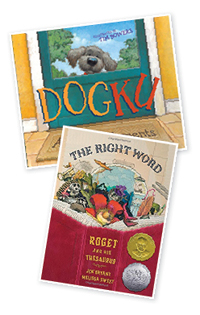
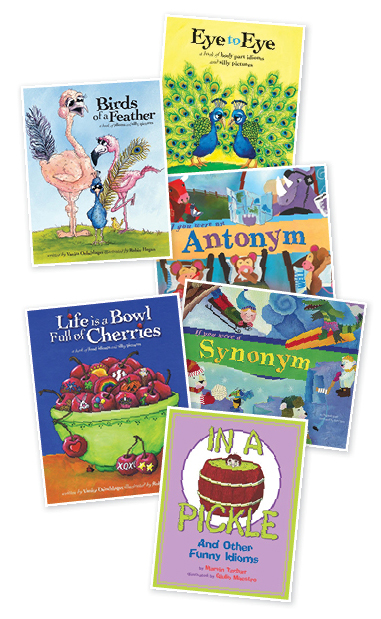

“Students need to see themselves represented in books they hear, read aloud, read for themselves, and discuss with one another. “ ~ I. Fountas & G. S. Pinnell, Teaching for Comprehending and Fluency, p. 502
The multi-cultural book list is a quick-reference guide to locate books about present-day children migrating to a foreign country and trying to fit into a new home, school, and group of friends. Books on the digital document are hyperlinked to Amazon.



